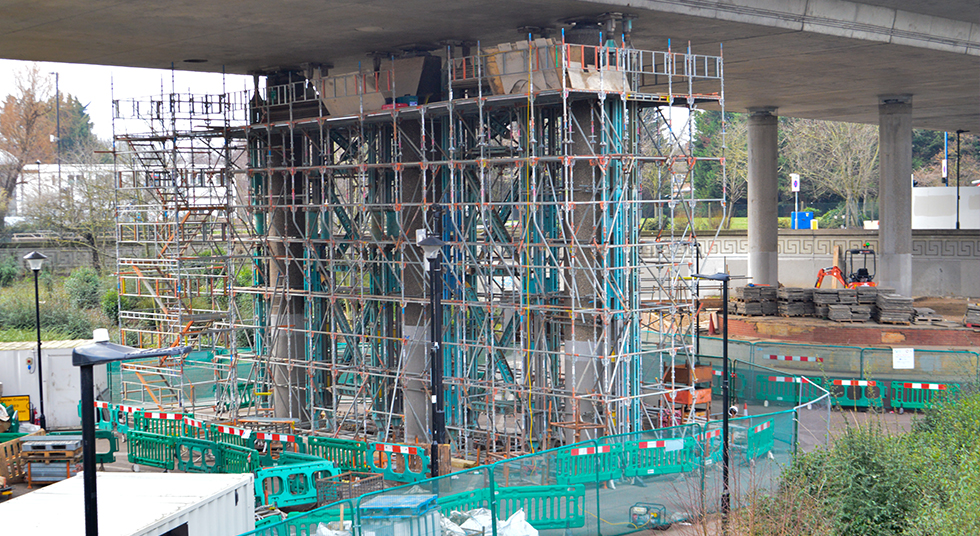Greenford Flyover
Description of Works
Working closely with Transport for London (TfL), FM Conway’s asset management team worked on the delivery of a technically challenging flyover renewal scheme on one of London’s main strategic roads, the A40.
As part of the company’s London Highways Alliance Contract (LoHAC) with TfL and its joint venture partner AECOM, the brief for the FM Conway team was to replace 24 bearings on the ageing Greenford Flyover.

